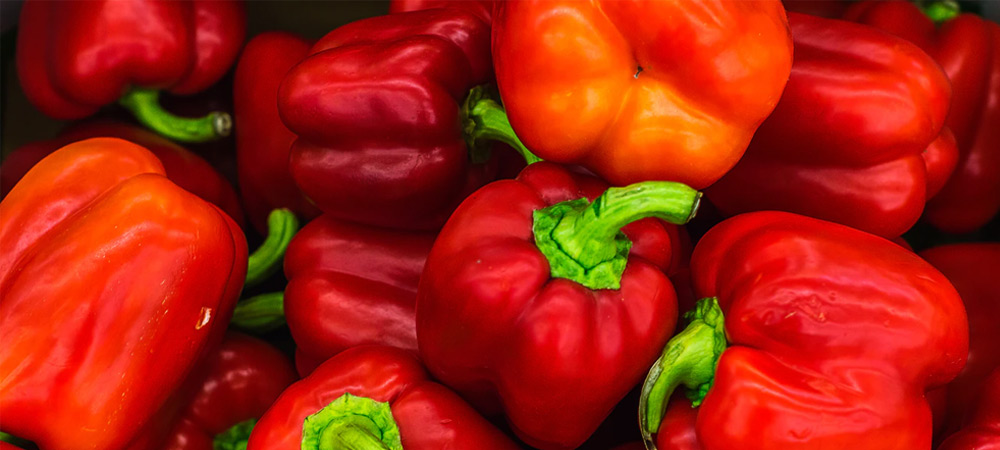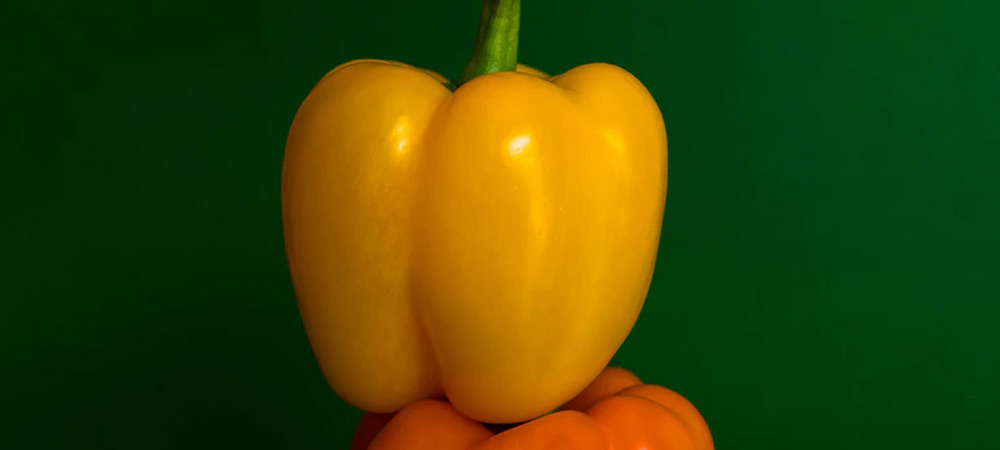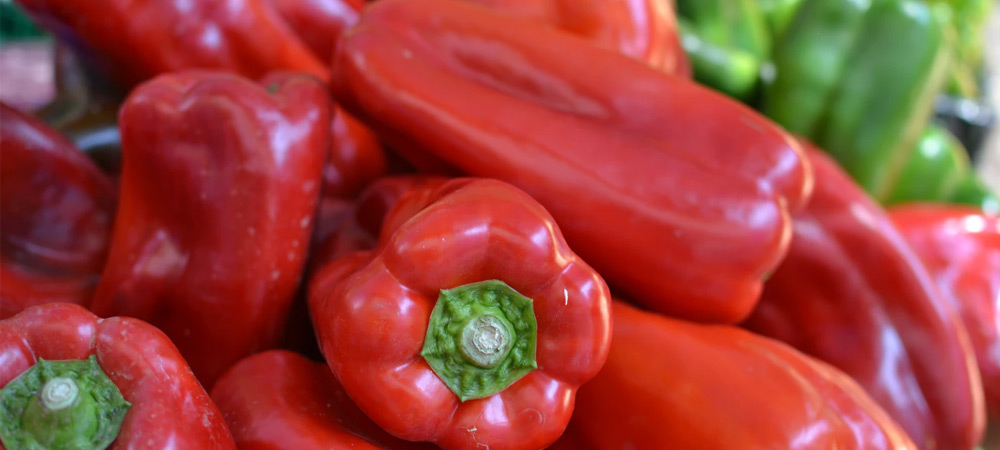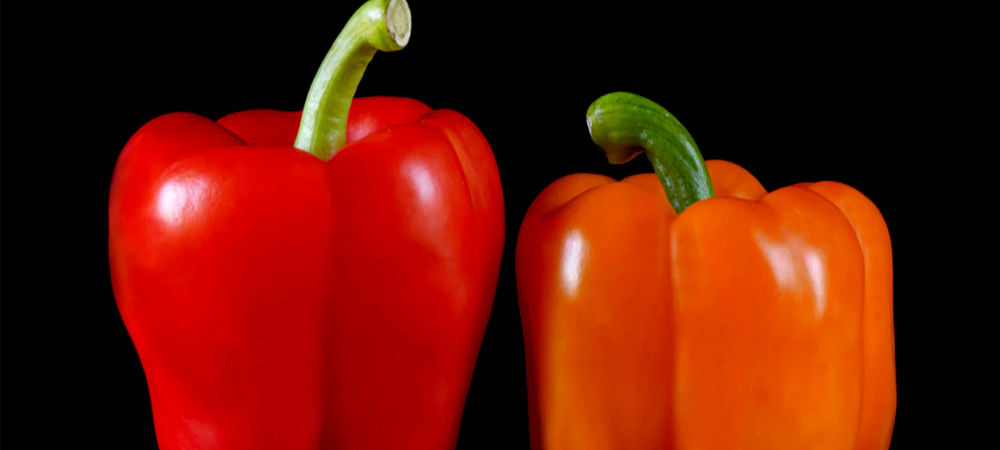How to Grow Peppers in a Greenhouse

Sweet peppers are, to many people’s surprise, among the most versatile of foods for cooking. Because they can be consumed raw or cooked, in salads, stir-fries, casseroles, tacos, or as a simple snack, they are found in a great number of dishes and situations. Adults love them, kids love them, and best of all, you can grow them in your own home greenhouse, warm garden plot, of ground container.
There are several ways to ensure that your peppers grow up quickly into a beautiful, large and tasty harvest. Ensuring that each plant has lots of space, plenty of sunlight, good fertiliser, regular watering and a protective covering of mulch, will increase your chances of producing the crop you envision when you start out in the spring. Of course, using a greenhouse allows you to better control the environment, and to increase the average temperature, which in most areas of the UK is important when growing a crop that originates in warmer climates.
Don’t limit yourself to one, common variety either – look around for different shapes, sizes, colours and tastes.

Grow Peppers from Seed
Plant the seeds in containers, about half an inch below the surface. Pepper plants like organic soil rich in calcium and phosphorous. They will sprout in as little as eight days, but may take up to three weeks, so be patient, especially with hop peppers, which tend to sprout more slowly than other varieties.
If you are planning to transplant them into a larger pot, then give each seed about an inch of space around it to ensure that the roots don’t get entangled prior to moving them. Wrap them up in a transparent cover. This will give them a warmer environment as they germinate. Once the seedlings start to show above the soil, remove the plastic and arrange them in the greenhouse or on the windowsill in bright sunlight. Ensure you keep up with the watering.
Ideally, mature plants should have about 18 inches of space between them, or on other words, each plant needs its own circle around it of about nine inches in diameter. This allows space for the roots to grow and take in water and nutrients without interference from neighbouring plants.
Once the plants have developed their first set of true leaves, they will likely need feeding at least once a fortnight, but no more than once a week. If your plants are still in tiny starter containers, now is the time to move them to their final homes in larger pots of beds.

Weed Control
Weeds steal resources from around your pepper plants and will drop the production levels of your plants. They will also reduce moisture levels in the soil, potentially stressing the pepper plant and reducing harvest amounts and quality.
Efforts to reduce weed pressure include the use of shutter ventilators in greenhouses to reduce wind-borne weeds from accessing your soil, and installing cover fabric will do a good job of keeping weeds from growing and stealing from your plants. Or, there is always the traditional method of checking the soil around your plants each day and pulling out anything that doesn’t belong there. If you do this on a regular basis, it is a quick job and will also give you a chance to check for plant health and quality, scan for pests, check the soil moisture, and so on.
Watch Out for Pests/Diseases
The biggest predators of your pepper plants will likely be snails and slugs. The best way to deal with them is to pick them off and toss them into a new home – or get rid of them in a more permanent manner if you prefer. A strong hose can be used (on adult plants only) to wash away other pests, such as aphids. Avoid over-soaking the soil around your plants though, or damaging leaves with the water pressure. In general, crop rotation also prevents pests such as insects and tinier, microscopic plant diseases.
Flea beetles may eat the fresh leaves of your plants, and will hide beneath leaves so they can be hard to detect. Damage is minimal though, and they are usually easily dealt with. They appear in the middle of the day, and they hate getting wet, so a fine spray around midday can move them along.
Anthracnose is a fungus that can spread between plants, and causes spots to appear on pepper leaves and fruit. The spots can grow into a pinkish mass and cause rot. Copper-based fungicides like Bonide-811-Copper-Fungiside will get rid of them.
If your plants are getting insufficient calcium, dark, water-soaked spots can appear on the blossom end of the fruit. The fruit can enlarge, then become sunken and rotten. To prevent it, maintain soil pH, use mulch, and make sure you provide proper and adequate feed/fertiliser.

Watering Peppers
Peppers are a crisp, vibrant vegetable and they need a lot of water to get that way. Soil should be kept moist at all times, and daily watering is a good idea at the height of the summer, when days are long and hot. An inch or so of water every four days is the general rule.
Soil for Peppers in a Greenhouse
Peppers love rich soil with enough calcium and phosphorous. Ideal pH is between 7.0 and 7.0. Ideal soil temperatures hover around 21°C. Add some fertiliser as soon as first fruits appear, but don’t overdo it or the plant will not produce adequate fruit at all.
Heat and Light
Peppers like consistent light in the right temperature. About 6 hours of light a day, or more, is enough. Temperatures should be between 25 – 28°C in the daytime, and nighttime greenhouse temperature should be around 16-18°C. Below 10°C – 12°C or over 35°C and you’ll risk losing your plants altogether. Humidity should be around 65-85% for optimal growth.
Humidity
High humidity levels will cause a drop in pollen release and reduce the crop amounts. Low humidity may dry out the pollen and prevent germination. Optimal humidity will allow pollen to be produced and to release properly for successful germination.
Harvesting grown peppers
It is best to harvest peppers using scissors, a sharp knife, or similar tool, to prevent the more delicate parts of the plant from breaking when you pull on the peppers themselves. Also be mindful not to rub your face or eyes when harvesting peppers, as the chemicals that make them hot and tangy can be very irritating to skin and eyes, especially when it comes to the hotter peppers.
Then all that’s left is to enjoy your work and patience with a great-tasting and delicious meal or snack!
If you need a new greenhouse, consider browsing the range at South West Greenhouses now.
 Author:
Author: